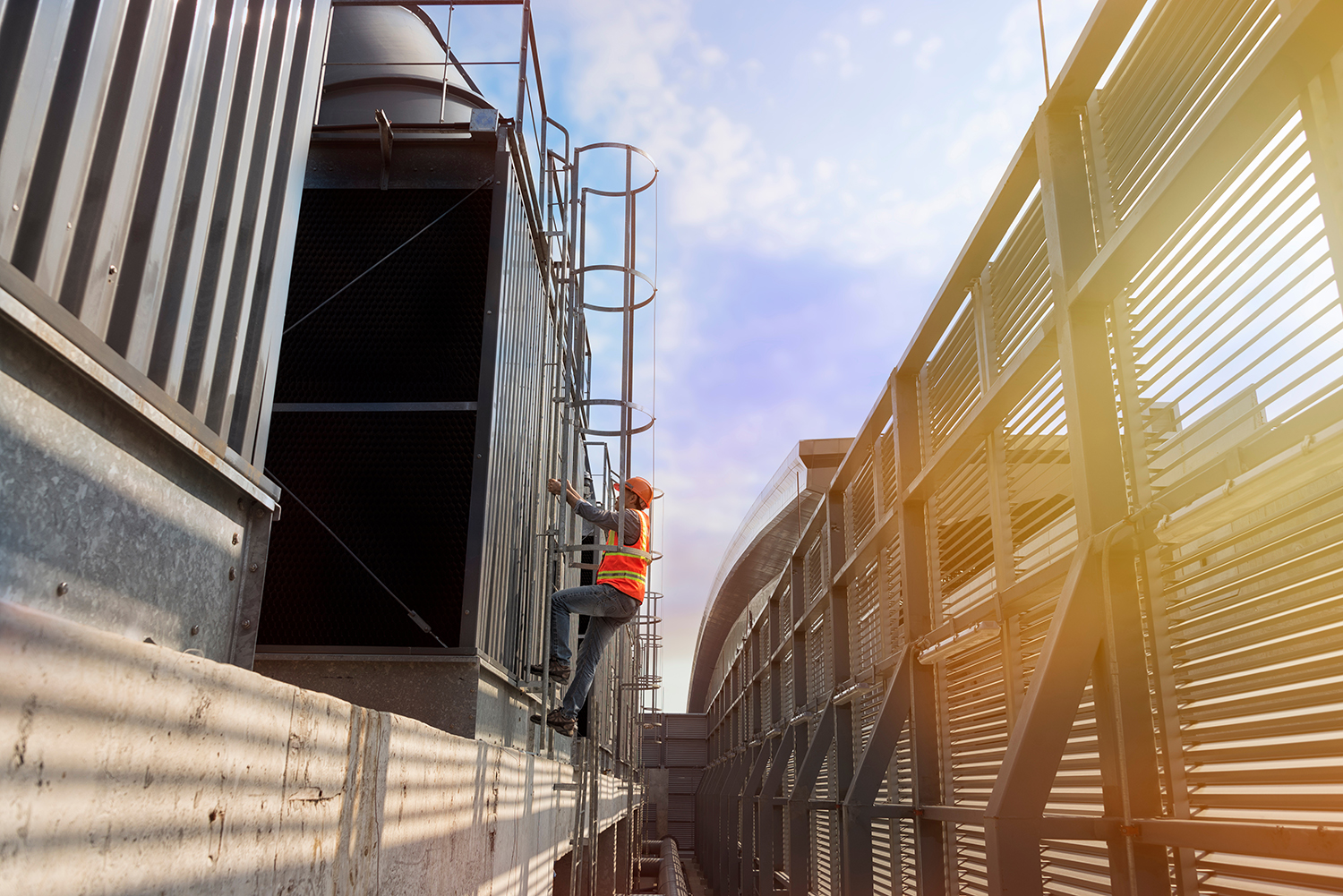
News
Integrating Heat Pumps with the Power Grid
By Michael Tobias
Heat pumps are a promising technology in the HVAC industry, since they can drastically reduce the carbon footprint of space heating and hot water systems. However, the widespread use of heat pumps in buildings comes with a technical challenge: meeting the high demand for electricity that can be expected during winter.

Power grid operators already face annual demand peaks in the hottest days of summer, caused by the large number of air conditioning systems in operation. However, the winter demand peak from heat pumps could be even larger, since their heating efficiency tends to be lower than their cooling efficiency. Also the electricity demand from heat pumps can combine with that of another emerging technology – electric vehicle chargers.
How Heat Pumps Can Decarbonize Space Heating
Fossil fuel combustion is the most common heating method in buildings, and this applies for both space heating and hot water. While electric resistance heating has existed for decades, combustion heating has a significant cost advantage. Unless a building has access to very cheap electricity, combustion heating will be the most economic option by a wide margin.
Heat pumps offer a competitive heating cost thanks to their energy efficiency. Compared with resistance heaters, air-source heat pumps normally offer savings above 50%, while ground-source heat pumps can save over 75%. Unlike resistance heaters, which convert electricity directly into heat, heat pumps use a refrigerant to capture outdoor heat and release it indoors.
When heat pumps replace boilers or furnaces, emissions are eliminated at the point of use. This will still produce off-site emissions if the local power grid is dependant on fossil fuels, but an eventual decarbonization of the grid can solve this. On the other hand, combustion-based heating systems get no benefit from and increased use of renewable sources at the utility scale.
Regardless of the power generation mix, there is an immediate health benefit when heat pumps are deployed in buildings. Emissions within urban areas are reduced, which improves air quality. Air pollution is associated with transportation, but building emissions are actually higher – 40% of the total global emissions according to the International Energy Agency.
Electricity Demand Peaks and their Impact on Power Grids
As previously mentioned, power grids are normally taken to their limit on hot summer days, due to air conditioning loads. However, with a large-scale adoption of heat pumps, the annual demand peak would likely appear during winter.
Sharp demand peaks are undesirable for grid operators: the transmission and distribution infrastructure must be sized for the maximum load, even if that means having plenty of unused capacity the rest of the year. Demand peaks also make power grids dependant on hydroelectricity and natural gas, the only generation methods with a fast enough response to meet sudden increases in consumption reliably.
Energy storage could help compensate the winter demand peak from a large number of heat pumps. There are two possible configurations to integrate heat pumps and energy storage:
- Battery arrays can store electricity during low-demands hours, and then supply it when heat pumps have a high consumption. This reduces the net load on the power grid.
- Alternatively, energy can be stored as heat, and a simple example is an insulated hot water reservoir. In this case, heat pumps can be ramped down or turned off to compensate grid demand peaks.
Both options are viable as enhancements for heating systems, but batteries provide more flexibility. Hot water storage works with water heaters and hydronic space heating, but the concept is not viable for heat pumps that warm indoor air directly.
Reducing the Space Heating Needs of Buildings
Another approach to minimize the transmission and distribution burden from heat pumps is reducing the heating needs of buildings in the first place. Mechanical engineers can determine the most efficient HVAC system configuration for each building, and the heating load can be minimized if the building is well insulated and airtight.
Since an efficient building envelope reduces heat transfer in both directions, it also mitigates air conditioning loads during summer. The use of heat pumps consolidates heating and cooling installations into a single type of equipment, while a high-performance building envelope allows a reduced nameplate capacity.
About the Author
Michael Tobias is the founder and principal of Chicago Engineers, an Inc 5000 Fastest Growing Company in America. He leads a team of 30+ mechanical, electrical, plumbing, and fire protection engineers from the company headquarters in New York City; and has led over 1,000 projects in Chicago, New York, New Jersey, Pennsylvania, Connecticut, Florida, Maryland and California, as well as Singapore and Malaysia.













